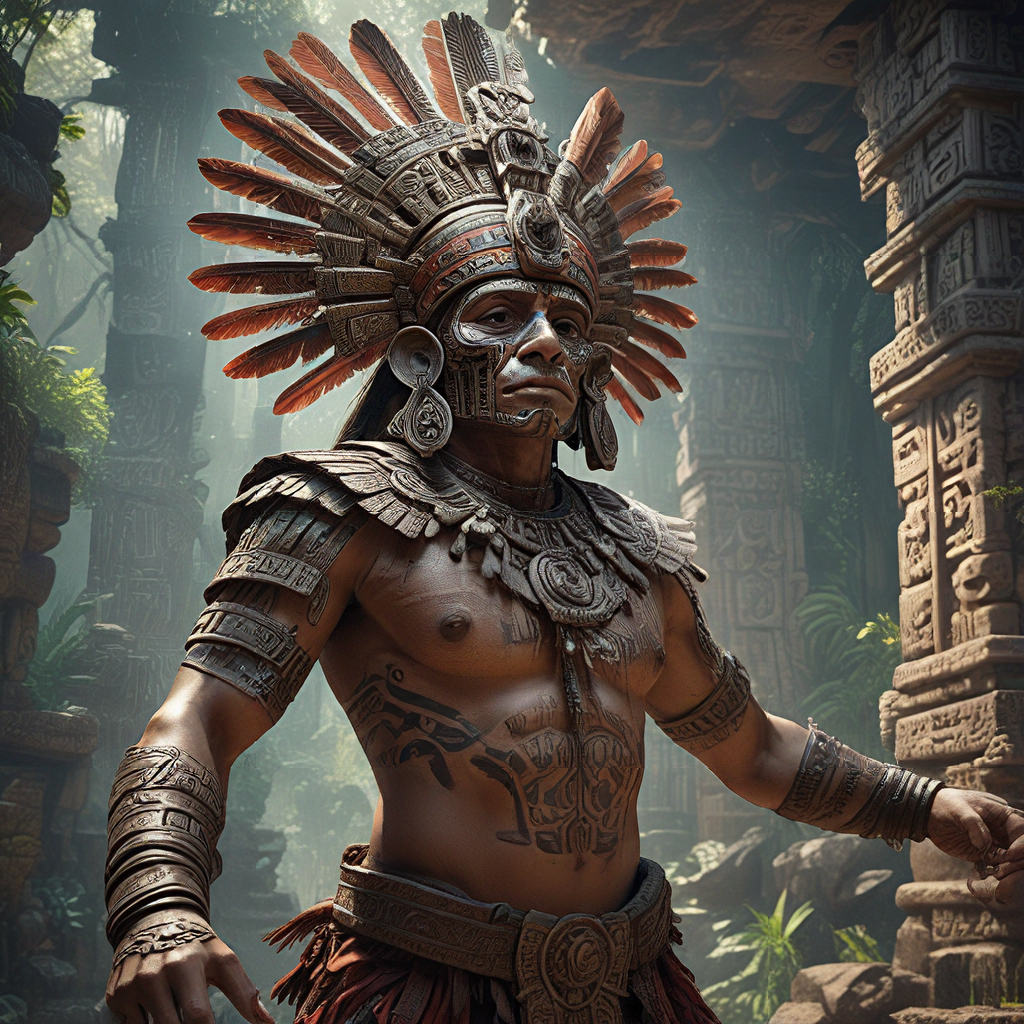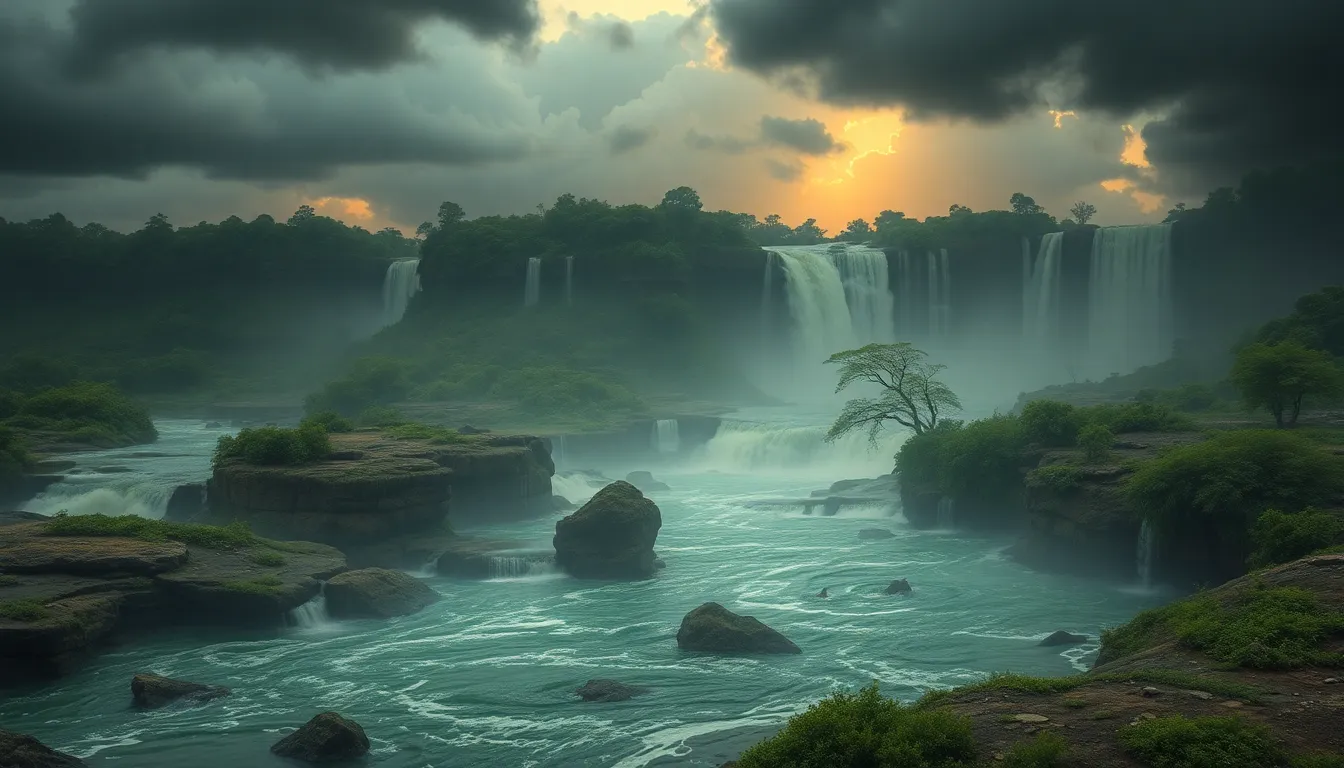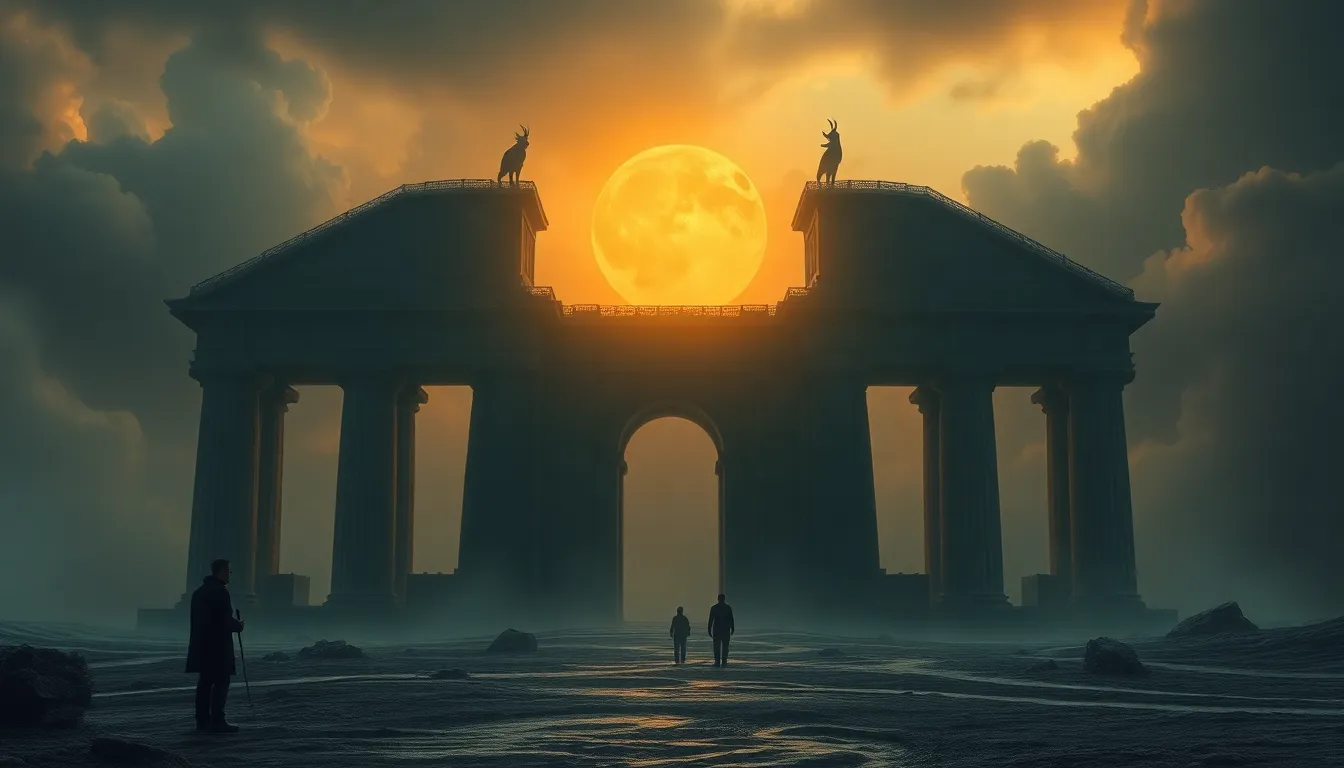The Aztec Underworld: Mictlan
In the rich tapestry of Aztec mythology, Mictlan, the underworld, holds a prominent place. It represents the destination of souls after death, a realm shrouded in mystery and intricate symbolism. Unlike the Christian concept of heaven and hell, Mictlan is not a place of eternal punishment or reward but a complex landscape traversed by the deceased in their journey to reach the final resting place. Mictlan is often depicted as a vast and desolate land, filled with treacherous landscapes and fearsome guardians. The journey to Mictlan was not a simple passage but a perilous test of endurance and determination, a reflection of the Aztec belief in a cyclical nature of life and death.
The Journey to Mictlan
The Aztec believed that after death, the soul embarked on a four-year journey to Mictlan. The soul would be guided by a dog named Xolotl, who also served as a guide for the souls of the recently deceased. To reach Mictlan, the soul needed to navigate treacherous landscapes and confront numerous challenges, including crossing a river of blood and a mountain of obsidian. The soul was also tested by various deities, each with their own unique trials and tribulations. The journey to Mictlan symbolizes the struggle to overcome obstacles and the challenges faced in life. Successful navigation of these challenges meant the soul would be allowed to enter Mictlan.
The Nine Levels of Mictlan
Mictlan is not a singular place but a complex realm with nine distinct levels, each with its unique characteristics and challenges. The first level was a place of hunger and thirst, while the second held the skeletal remains of the dead. The soul would then face trials by the four winds, followed by a passage through the mountains of obsidian. As the soul descended further, it encountered increasingly terrifying landscapes and deities, culminating in a final level, where the soul would be judged and ultimately absorbed into the earth. The nine levels of Mictlan represent the different stages of transformation and symbolize the journey from life to death.
The Deities of Mictlan
Several deities ruled over Mictlan, each representing different aspects of death and the underworld. Mictlantecuhtli is the ruler of Mictlan, a fearsome deity with a bony skull and a serpent body. He possessed the power over death and the underworld. Mictecacihuatl, the Lady of the Dead, was his consort and the goddess of death. Other deities associated with Mictlan include Xolotl, the dog-like god who guided souls across the river of blood. These deities highlight the Aztec belief in the interconnectedness of life and death and the importance of respecting both.
The Role of Mictlan in Aztec Cosmology
Mictlan played a crucial role in Aztec cosmology, reflecting the significance of death in their worldview. The Aztec believed that death was not the end but a transformation, a necessary part of the cyclical nature of life. They believed that the souls of the deceased could influence the lives of the living and that honoring the ancestors played an important role in maintaining balance and harmony within the cosmos. Mictlan was a place where the souls of the deceased found peace, but it also represented a reminder of the fragility of life and the importance of living a fulfilling life.
The Significance of Offerings and Rituals
The Aztec people believed in the importance of honoring their ancestors and ensuring their safe passage to Mictlan. They held elaborate rituals and offered gifts to appease the deities of the underworld and ensure the souls of the deceased would be received. These offerings included food, incense, jade, and other precious objects.
The most significant ritual was the Day of the Dead, a four-day festival dedicated to remembering and celebrating the dead. During this time, families would visit the graves of loved ones, create altars with offerings, and perform dances and songs to honor their ancestors. The offerings were believed to provide sustenance to the souls during their journey to Mictlan.
The Aztec belief in the interconnectedness of the living and the dead was reflected in their rituals and offerings. They understood that death was a natural part of life and that honoring the deceased was essential for maintaining balance and harmony in the cosmos.
The Path of the Dead and the Role of the Tlacuache
The journey to Mictlan was not a straightforward path. The soul had to navigate a treacherous landscape filled with challenges and obstacles. The soul was guided by Xolotl, a dog-like deity who also represented the soul of the deceased. Xolotl was said to be a shape-shifter, able to transform into different forms, and he played a vital role in helping souls navigate the underworld.
Another important creature associated with the journey to Mictlan was the tlacuache, a type of opossum. The tlacuache was considered a trickster and a symbol of resilience and resourcefulness. It was said that the tlacuache helped souls navigate the challenging terrain of the underworld and overcome obstacles on their path.
These creatures, Xolotl and the tlacuache, represent the different aspects of the journey to Mictlan, highlighting the challenges and the importance of guidance and adaptation.
Interpretations of Mictlan in Modern Culture
The Aztec underworld, Mictlan, continues to capture the imagination of modern audiences. Its depiction in popular culture, through books, movies, and video games, reflects its enduring appeal and its ability to tap into our fascination with the unknown.
The complex and layered symbolism of Mictlan provides fertile ground for creative interpretations. It serves as a backdrop for exploring themes of death, rebirth, and the afterlife, providing a cultural context for understanding human mortality and our relationship with the unknown.
The Aztec concept of Mictlan stands as a reminder of the importance of honoring the dead and acknowledging their enduring presence in our lives.
Theories on the Origin of Mictlan
The origins of Mictlan are shrouded in mystery, but scholars have proposed various theories to explain its development. One theory suggests that Mictlan evolved from earlier Mesoamerican beliefs about the underworld.
Another theory suggests that Mictlan reflects the Aztec worldview, which emphasized the cyclical nature of life and death. The idea of a complex underworld, with its multiple levels and challenging journey, served as a metaphor for the journey of the soul from life to death.
The Aztec concept of Mictlan also reflects the importance of ancestors in their society. They believed that the souls of the deceased could influence the lives of the living, and that honoring them was essential for maintaining balance and harmony in the cosmos.
Mictlan and the Human Connection to Death
Mictlan, the Aztec underworld, is more than just a mythical landscape; it represents a deep human connection to death and the afterlife. The intricate symbolism and complex journey to the underworld reflect the Aztec belief in a cyclical nature of life and death, and the importance of honoring ancestors.
The idea of a journey to the underworld is prevalent in many cultures around the world, suggesting a universal human need to understand and cope with death. Mictlan, with its diverse levels, challenges, and deities, provides a framework for exploring the human experience of death, mortality, and the mystery of the afterlife.
FAQ
What is the significance of Xolotl in the journey to Mictlan?
Xolotl is a dog-like deity who serves as a guide for the souls of the deceased. He helps them navigate the treacherous landscapes of the underworld and overcome obstacles.What are the main characteristics of Mictlan?
Mictlan is a vast and desolate land, filled with treacherous landscapes, fearsome guardians, and complex challenges. It is comprised of nine levels, each representing a different stage of transformation.What is the role of the tlacuache in the journey to Mictlan?
The tlacuache, a type of opossum, is considered a symbol of resilience and resourcefulness. It helps souls navigate the challenging terrain and overcome obstacles on their path to Mictlan.
Why were offerings made to the deities of Mictlan?
Offerings were made to appease the deities of the underworld and ensure a safe passage for the souls of the deceased. They were believed to provide sustenance for the souls during their journey to Mictlan.What is the significance of the Day of the Dead in Aztec culture?
The Day of the Dead is a four-day festival dedicated to remembering and celebrating the dead. It is a time when families visit graves, create altars with offerings, and perform dances and songs to honor their ancestors.



